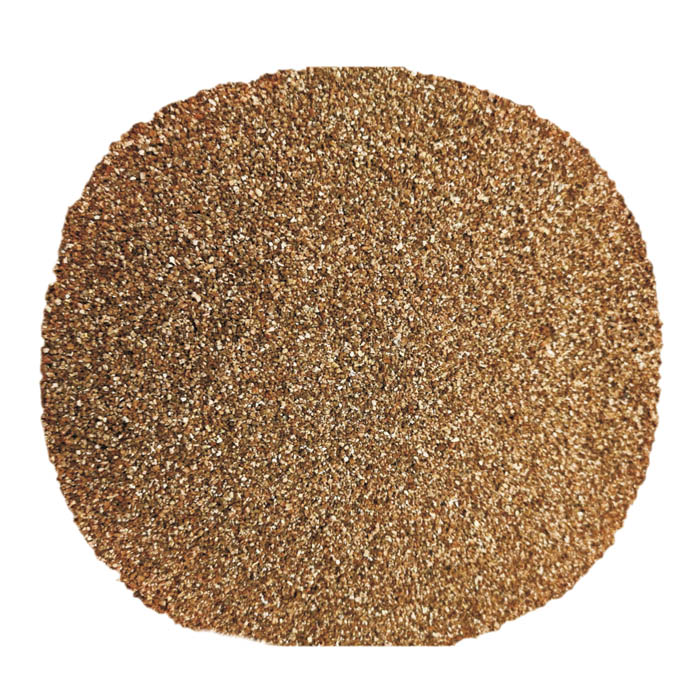Nov . 23, 2024 16:02 Back to list
Chilled Water Pipe Insulation Material Manufacturing Solutions and Innovations
The Importance of Insulation in Chilled Water Pipe Line Systems
In various industrial applications, chilled water pipe lines play a pivotal role in the cooling systems that maintain optimal temperatures for machinery, processes, and buildings. Whether used in HVAC systems, industrial cooling, or food processing, the efficiency of these systems heavily relies on insulation materials used in the pipes. This article explores the significance of insulation in chilled water pipe line systems, focusing on the types of materials available, their benefits, and the considerations that factories must take into account.
Understanding Chilled Water Pipelines
Chilled water pipe lines typically transport water that has been cooled to a low temperature, often between 40°F to 50°F (about 4°C to 10°C). These pipes are critical in moving chilled water from cooling units, such as chillers, to air-handling units or other cooling applications. However, the temperature of the water can significantly rise during its transit, particularly in environments where there are drastic temperature differences between the chilled water and the ambient air.
The Role of Insulation Materials
Insulation materials serve to minimize heat gain from the surrounding environment. By keeping the temperature of the water consistent, insulation enhances the overall efficiency of the cooling system, reducing energy consumption and operational costs. Effective insulation can contribute significantly to the longevity of the system, preventing condensation on the outside of the pipes, which can lead to water damage and corrosion over time.
Types of Insulation Materials
Several types of insulation materials are commonly used in chilled water pipe line systems. Here are some of the most popular options
1. Fiberglass Insulation This is one of the most widely used materials due to its excellent thermal performance and cost-effectiveness. Fiberglass insulation is resistant to moisture and high temperatures, making it suitable for a variety of environments.
2. Foam Insulation Closed-cell foam insulation, such as polyethylene or elastomeric foam, is another effective option. This material provides a seamless barrier against moisture while offering good thermal resistance and flexibility for installation.
3. Mineral Wool Insulation Composed of natural or recycled materials, mineral wool provides high resistance to heat and sound. It is also non-combustible, making it suitable for applications requiring additional fire safety.
4. Reflective Insulation This type uses reflective materials to minimize heat gain by reflecting radiant heat away from the pipe surface. It is particularly useful in areas with high-temperature environments.
chilled water pipe line insulation material factory

Benefits of Proper Insulation
Insulating chilled water pipes brings several benefits. First and foremost, it enhances energy efficiency by reducing the workload on chillers and compressors. As energy costs rise, this efficiency translates into significant savings over time. Additionally, insulation minimizes the risk of condensation, which can create hazardous conditions and damage other materials in the vicinity. With proper insulation, operational reliability increases, and maintenance costs decline.
Moreover, insulated pipelines contribute to maintaining consistent water temperatures, which is vital for processes that require precise cooling. This not only improves productivity but also ensures that the quality of the products remains intact, especially in industries like food processing or pharmaceuticals.
Considerations for Factories
When selecting insulation materials for chilled water pipe line systems, factories must consider several factors
1. Thermal Conductivity Look for materials with low thermal conductivity to ensure maximum energy efficiency.
2. Moisture Resistance Choose materials that repel moisture to prevent mold growth and subsequent pipe corrosion.
3. Fire Safety In some industrial applications, ensuring that insulation materials comply with local fire safety regulations is critical.
4. Installation and Maintenance Ease of installation and maintenance should also drive material selection. Some insulating materials are easier to handle and fit than others.
5. Cost-Effectiveness While long-lasting materials may have higher upfront costs, their longevity and effectiveness can lead to savings over time.
Conclusion
In conclusion, the insulation of chilled water pipe lines plays a critical role in enhancing the efficiency, reliability, and safety of cooling systems across various industries. With multiple insulation material options available, factories should carefully evaluate their specific needs to choose the most suitable solution. By investing in proper insulation, companies can significantly reduce energy consumption, cut costs, and extend the lifespan of their chilled water systems.
-
Eco-Friendly Granule Covering Agent | Dust & Caking Control
NewsAug.06,2025
-
Fe-C Composite Pellets for BOF: High-Efficiency & Cost-Saving
NewsAug.05,2025
-
Premium Tundish Covering Agents Exporters | High Purity
NewsAug.04,2025
-
Fe-C Composite Pellets for BOF | Efficient & Economical
NewsAug.03,2025
-
Top Tundish Covering Agent Exporters | Premium Quality Solutions
NewsAug.02,2025
-
First Bauxite Exporters | AI-Optimized Supply
NewsAug.01,2025
